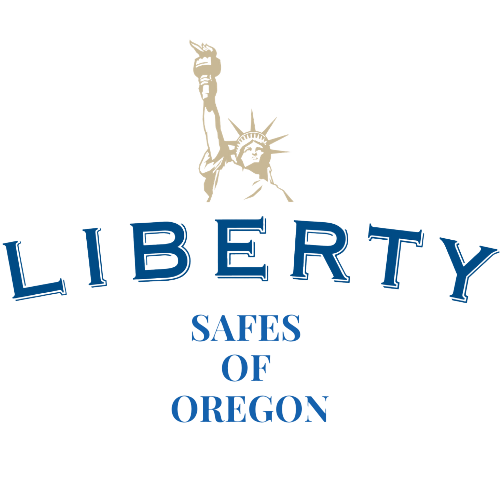What You Should Know about Liberty’s Safe Security Levels
Security is Liberty’s number one priority when it comes to designing and building our safes. But it’s not enough to claim our safes have the most reliable security features available on the market.
We take the added step of proving our safes’ reliability by not only putting them through our own, extensive “torture testing” ; we also ship them to Underwriter’s Laboratories (UL) for additional testing. This intensive analysis ensures our customers can have the peace of mind that comes with knowing they are purchasing one of the securest safes in the industry.
To make it easier for our customers to understand the security features that are included with our safes, Liberty has a Safe Security Level designation for each safe we manufacture. This 8-level system allows our customers to easily compare the different safes we sell according to the security features that come standard with each security level.
It can help you better understand the differences in pricing; you can expect to see higher prices for our safes that are classified with a higher safe security level.
